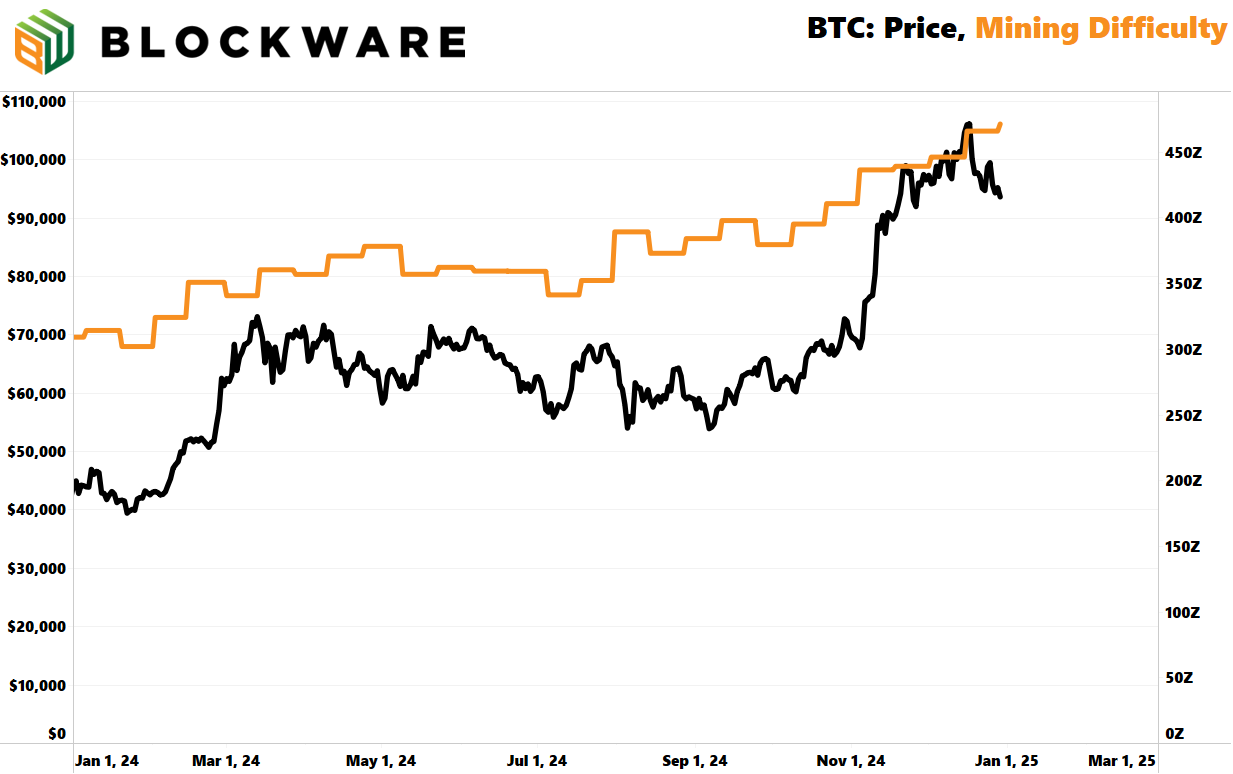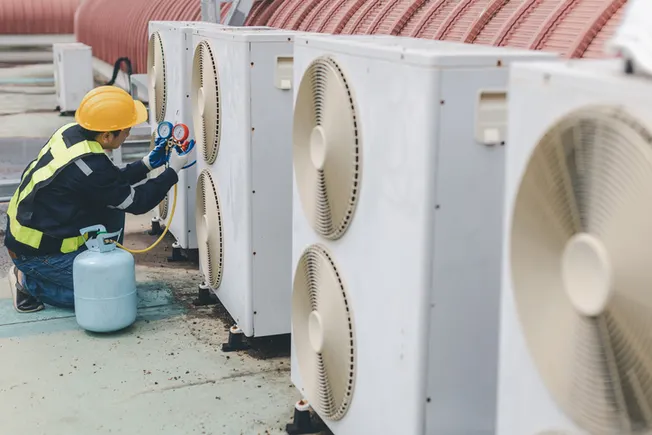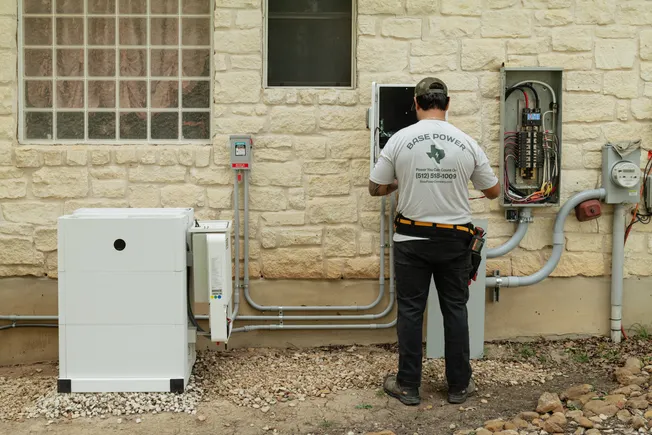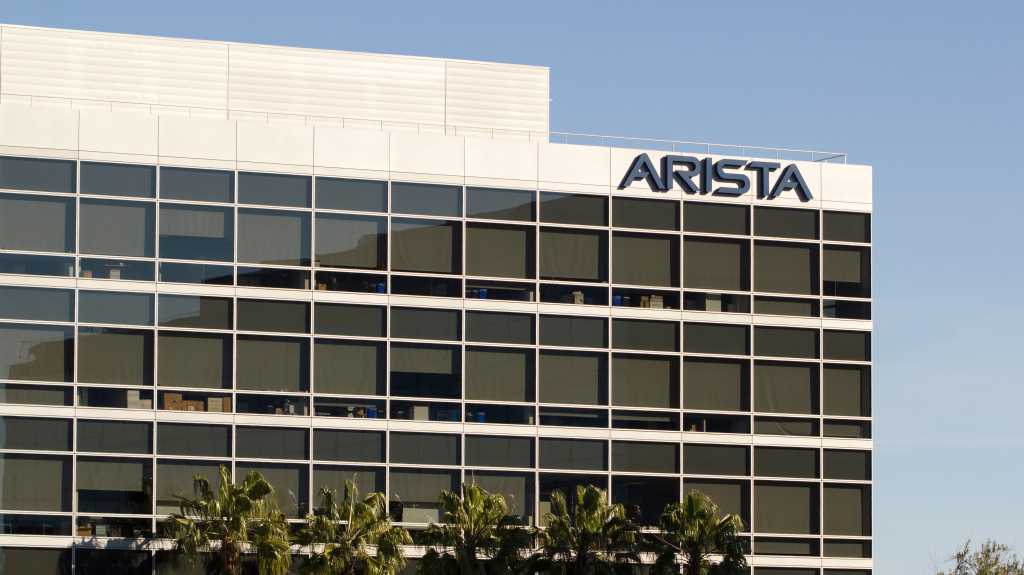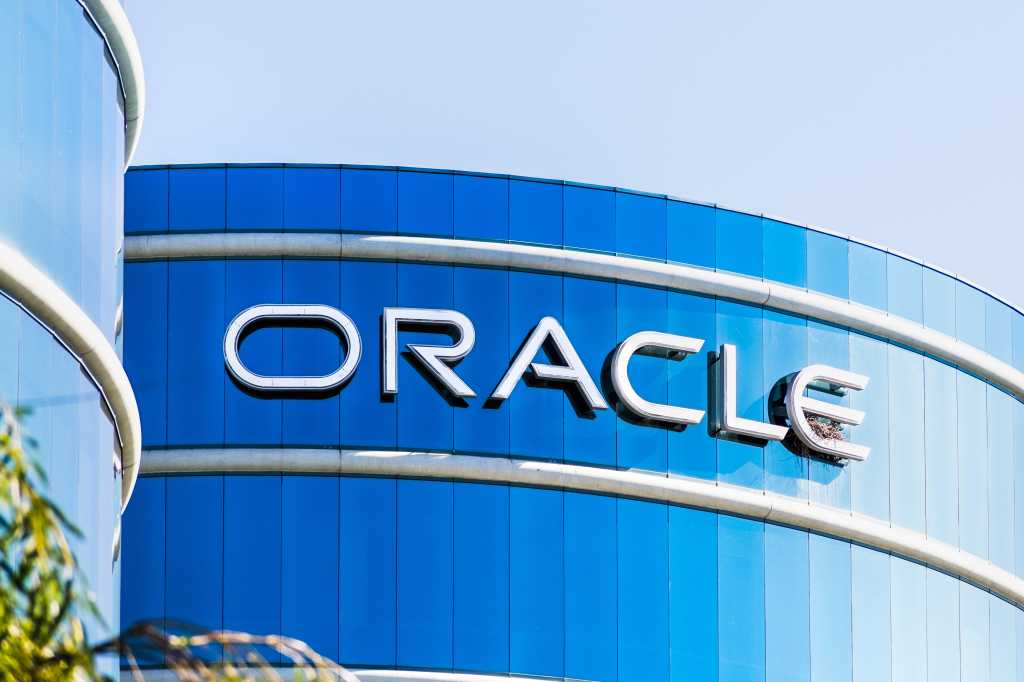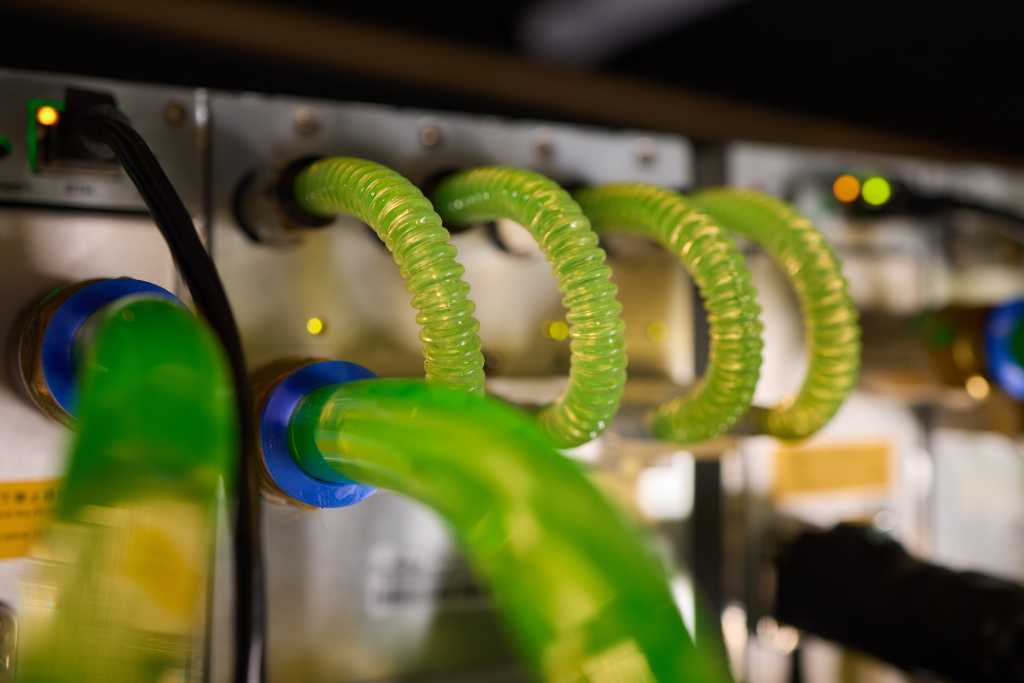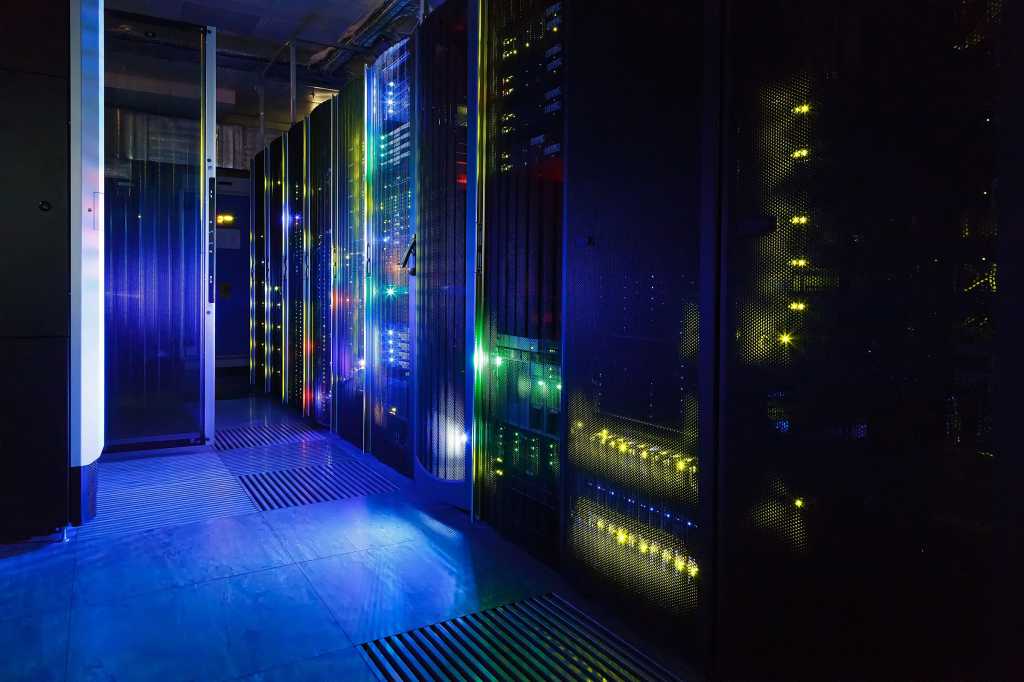Mining Difficulty
Mining difficulty increases one final time for 2024 – marking seven consecutive difficulty increases which is a sign of strength amongst Bitcoin miners.
Here are the final stats for 2024:
Bitcoin Price: +113%
Mining Difficulty: +52%
In the aggregate, Bitcoin miners are now 25% more profitable than they were after the halving in April. We expect mining profitability to increase further in 2025 as growth in the Bitcoin price outpaces growth in mining difficulty.
$93,000 to buy Bitcoin
$43,000 to mine Bitcoin
Despite a dip in the price of Bitcoin and a series of positive difficulty adjustments, there’s still a vast difference between the cost of Bitcoin and the cost in electricity to mine a Bitcoin with the latest-generation ASICs.
An Antminer S21 XP mining at $0.078/kWh mines Bitcoin at an effective price of $43,000. Now of course, a single miner won’t actually mine an entire Bitcoin – the way to think about this is that $43,000 is the “dollar cost average” price for a miner.
Someone who’s been purchasing spot Bitcoin for the past two months has been “DCA’ing” in the $90,000 to $100,000 range, while someone who has been mining has been “DCA’ing” in the $40,000 range. Over time this allows mining to accumulate more BTC per $ spent.
Bitcoin to $400,000 in 2025?
Our base case for the Bitcoin price is $225,000 by this time next year. However, if certain events take place we could see it reaching prices north of $400,000.
For elaboration – as well as a breakdown of the most important market trends to watch going forward – check out our latest report.
Start Mining in the New Year – S19 XP’s for $12/T
We view S19 XP’s as one of the most cost effective mining options right now. Their effective DCA price is ~$70,000 – which means there’s plenty of downside protection if you’re concerned about short-term price volatility.
We have S19 XP’s available on our marketplace for $12 per terahash (~$1,692 per machine). These are sold turnkey – meaning it’s already plugged in, ready to go, and you’ll begin earning mining rewards as soon as your payment is confirmed.
Here’s a table breaking down the returns of an S19 XP under current market conditions…
And HERE is a table breaking down the potential returns if Bitcoin hits our base price of $225,000 (assuming a 2-to-1 increase in mining difficulty).
Should BTC follow our expected trajectory, an S19 XP bought now would ROI incredibly quickly.
This is not financial advice. But, if you’re bullish on Bitcoin, mining is one of the best ways to position yourself to express that bullishness in the market.
To learn more about Bitcoin mining with Blockware, fill out this form on our website.
The table below provides a full pricing list for all the ASICs available through Blockware at this time. For those seeking to purchase ASICs in bulk (with or without hosting), contact [email protected] or reach out here.
If you’re looking to purchase individual machines, you can use our self-service marketplace to pay with BTC and start mining immediately!
All content is for informational purposes only. This Blockware Intelligence Newsletter is of general nature and does consider or address any individual circumstances and is not investment advice, nor should it be construed in any way as tax, accounting, legal, business, financial or regulatory advice. You should seek independent legal and financial advice, including advice as to tax consequences, before making any investment decision.

